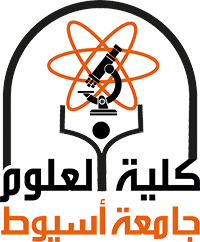Seismic activity is typically mild to moderate in the United Arab Emirates (UAE). However, because of its close proximity to seismically active areas like the Zagros-Biltis Fold Thrust Belt (ZBFTB) and the Makran Subduction Zone, its susceptibility to the effects of seismic events is increased. There have been sporadic reports of ground motion felt in different parts of the UAE over the past 20 years. To assess the seismic hazard in the countries of the southern Arabian Gulf, which include the UAE, Bahrain, and Qatar, a probabilistic analysis was conducted. Peak ground acceleration (PGA) and spectral acceleration (SA) values were the focus of the evaluation, which also considered the 10% and 5% chances of exceeding these values over a 50-year exposure period. This evaluation was carried out for National Earthquake Hazards Reduction Program (NEHRP) site classes B/C and C. Magnitudes were harmonized and updates made to the region's earthquake and focal mechanism catalogs to improve the assessment's accuracy. Additionally, completeness checks and seismicity declustering were performed. The boundaries of the seismic sources that were considered were established using data on crustal thickness, active faults, and geological and tectonic features. In response to this inquiry, the UAE's unique seismic source model was created. Twelve area seismic sources make up this model; they are distributed throughout the ZBFTB and Makran areas and consist of two intermediate-depth zones (deeper than 35 km) and ten shallow-depth zones (deeper than 35 km). The seismic hazard in the UAE is attributed to the prospective seismic zones that fall under these categories. Each identified seismic source has its own unique set of seismicity recurrence parameters, such as the maximum expected magnitude, the annual rate of earthquakes exceeding Mw 4.0, and the b-value, determined individually. Considering the prevalent stress regime for each source, two region-specific ground-motion prediction equations (GMPEs) were chosen and implemented. In Ras Al-Khaimah, in particular, the study's mean PGA and SA at 0.2 s values were found to be 0.12 g and 0.29 g, respectively, for a 475-year return period and under B/C NEHRP site conditions. These results indicate that the northeastern portion of the study area has the highest levels of hazard. This thorough analysis provides essential information about the seismic hazard profile of the UAE and its surroundings, enabling better preparedness and risk-reduction strategies.
Research Abstract
Research Date
Research Department
Research Journal
In: Abd el-aal, A.ea.K., Al-Enezi, A., Karam, Q.E. (eds) Environmental Hazards in the Arabian Gulf Region. Advances in Natural and Technological Hazards Research, vol 54. Springer, Cham.
Research Member
Research Publisher
Springer
Research Vol
54
Research Website
https://doi.org/10.1007/978-3-031-71836-6_5
Research Year
2024

